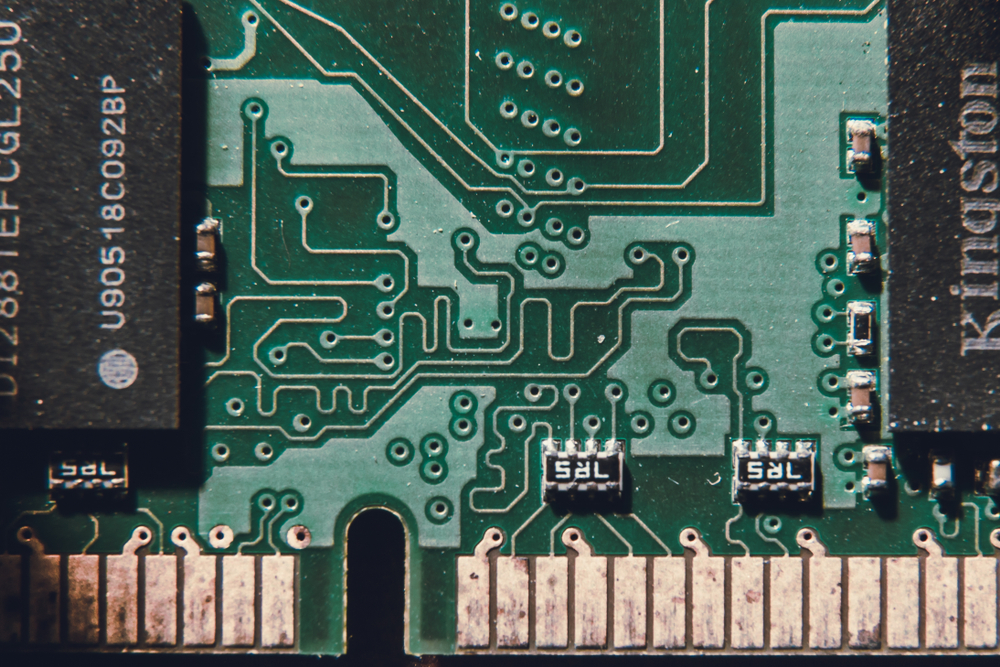DRAM Prices Fall While NAND Stays Flat
It seems like power outages are the only thing capable of stopping the flash market's decline. DRAMeXchange said in two reports this week that DRAM prices fell nearly 10% in 2Q19 as supply continued to outpace demand, but NAND prices remained flat, thanks at least partly to a June power outage at Toshiba's production facility that reduced supply just enough for prices to stay the same quarter-over-quarter.
The continued drop-off in DRAM prices doesn't come as much of a surprise to anyone who has been shopping for PC memory lately. A small bump experienced after Japan limited exports to South Korea was just temporary, according to DRAMeXchange, and wasn't enough to overcome the basic oversupply problems the market's experienced for several quarters now. Any production issues resulting from Japan's restrictions were minor compared to falling demand.
Those factors contributed to a commodity, server, and consumer DRAM price fall of nearly 30%. DRAMeXchange said that mobile DRAM was the exception, because its decline was only about 10-20%. Server dram had it the worst with a nearly 35% decline quarter-over-quarter. Those drops led to a global DRAM revenue decline of 9.1% as well as lower profit margins for the likes of Samsung, SK Hynix, and Micron.
The firm said it expects DRAM prices to continue to fall in the third quarter of 2019. Consumer demand isn't expected to rise enough for suppliers to work through existing DRAM inventories, meaning suppliers are likely to see further price drops in the next quarter. Until consumer demand rises across several markets, from smartphones to PCs, flash memory pricing seems unlikely to stop its decline.
NAND fared better. DRAMeXchange said that "end demand in smartphone, notebook PC and server markets have recovered from the traditional offseason 1Q19" so bit consumption rose in the second quarter. Combine that with the power outage at Toshiba's production facility--to which the company has reportedly struggled to respond--and things worked out well enough to keep NAND prices flat in Q2. That said, SSDs continue to get cheaper and cheaper as lower-cost technologies such as 3D NAND become commonplace.
But it's not all sunshine and rainbows for NAND suppliers. DRAMeXchange said the production delays caused by Toshiba's power outage might have led to higher prices if companies weren't sitting on stockpiles of NAND. The firm also said that in Q3 of this year "demand will probably be weaker than previous years due to the geo-economical conflicts," presumably referring to the trade war between the U.S. and China.
Get Tom's Hardware's best news and in-depth reviews, straight to your inbox.

Nathaniel Mott is a freelance news and features writer for Tom's Hardware US, covering breaking news, security, and the silliest aspects of the tech industry.
-
GoatGuy Yes... its good. Seems (in perusing various retail vendors) that it makes very little sense to economize below 16 GB on a new system, these days. Actually, 32 GB is about $150 in DDR4 / 3200 sticks (2 x 16 GB). A steal.Reply
Perhaps not future-proof, but certainly good enough for the next several years. For most stuff, provided you're a pretty standard biscuits-and-gravy computer user.
GoatGuy -
alextheblue Reply
I've been eyeing a couple of 3600 kits in that price range, actually. Gonna have to save some chickens for a new system.GoatGuy said:Yes... its good. Seems (in perusing various retail vendors) that it makes very little sense to economize below 16 GB on a new system, these days. Actually, 32 GB is about $150 in DDR4 / 3200 sticks (2 x 16 GB). A steal.
Perhaps not future-proof, but certainly good enough for the next several years. For most stuff, provided you're a pretty standard biscuits-and-gravy computer user.
GoatGuy
